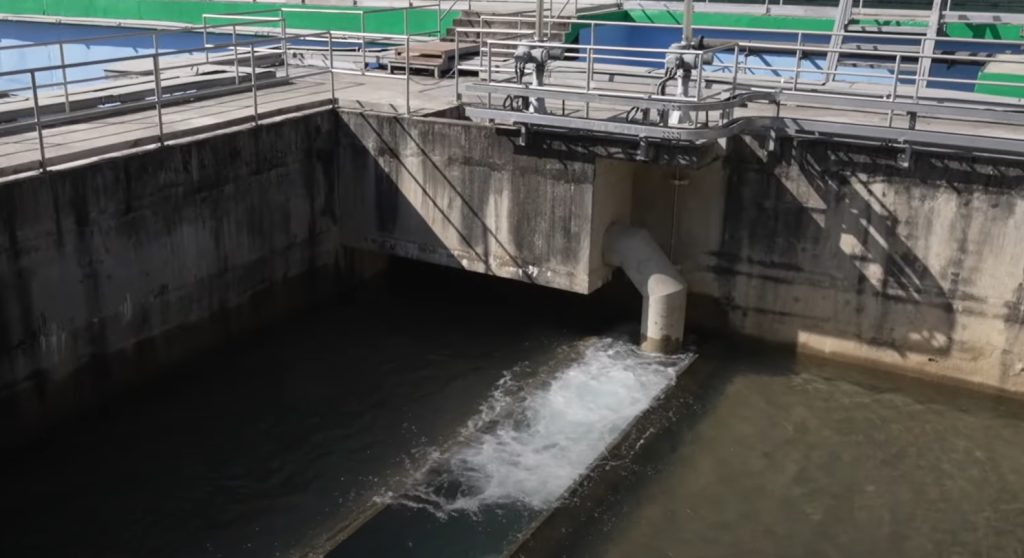
The Government of Nepal initiated the National Pride Projects around 2011 (Bikram Sambat 2068) to prioritize the implementation of large and essential infrastructure projects. However, nearly 14 years later, experts have reported that the progress of most of these projects remains unsatisfactory.
The 62nd Annual Report of the Office of the Auditor General, released on Wednesday, has revealed the weak implementation status of these projects.
According to an Assistant Auditor General, one major reason for this poor performance is that many projects are launched without adequate preparation.
What’s the Progress on These Projects?
This year, the government added three new projects to the National Pride list:
- Mulpani Cricket Academy and Stadium
- Girija Prasad Koirala Cricket Stadium
- Gautam Buddha International Cricket Stadium
With these additions, the total number of National Pride Projects now stands at 27. However, only two of them have been fully completed so far:
- Upper Tamakoshi Hydropower Project
- Gautam Buddha International Airport
According to the report, the Melamchi Drinking Water Project (Phase 1) and the Pokhara Regional International Airport have reached 99% physical progress.
The majority of the remaining projects, however, are far from meeting expected progress levels.
For instance, the Rail, Metro, and Monorail Development Project, which began around 2008 (B.S. 2065), has an estimated cost of NPR 1.5 trillion, but only NPR 33 billion has been spent so far. Eight projects, including the newly added cricket stadiums, have no clearly reported physical progress.
One major example is the Budhigandaki Hydropower Project, which has an estimated cost of NPR 260 billion, but only NPR 42 billion has been spent in the past 13 years.
Similarly, the Nijgadh International Airport, which was targeted for completion around 2028/29 (B.S. 2085/86) with an estimated cost of NPR 165 billion, has seen only NPR 1 billion spent so far.
The Kathmandu-Terai Fast Track, closely associated with the airport project, has shown only 35% physical progress, although it is expected to be completed in the next two years. Out of the total estimated NPR 211 billion, only about NPR 67 billion has been spent so far.
Summary of Project Status
Out of the 27 National Pride Projects:
- 3 projects have achieved over 80% physical progress
- 6 projects are between 50%–80% complete
- 6 projects have less than 50% progress
- 8 projects have no physical progress reported
- 2 projects are yet to begin
The West Seti Hydropower Project, a well-known initiative, has an estimated cost of nearly NPR 300 billion, but construction hasn’t even started.
The total estimated cost for all 27 projects is NPR 2.272 trillion. However, apart from the two completed projects, only NPR 487 billion has been spent so far.
The report also mentioned that five projects have already passed their scheduled completion deadlines, requiring extensions.
‘Transformational Projects’ Also Lagging Behind
The National Planning Commission has identified 17 projects across economic, social, infrastructure, and governance sectors as Transformational Projects. However, the Auditor General’s report also questions their progress.
Out of 15 reviewed transformational projects:
- 5 had no progress at all
- The rest showed less than 55% progress
Additionally, although the government has created a Project Bank to list and prioritize development projects, the Auditor General’s report notes that some projects are still being allocated budgets without being registered in the bank. There are currently over 18,000 listed projects, with about 8,000 active ones.
Why Is Progress So Slow?
Experts say that despite the government giving high priority to these projects, several common issues are causing delays:
- Projects being started without proper planning or preparation
- Delays in contract processes
- Frequent changes in project leadership
- Issues related to land acquisition and environmental clearance
- Community resistance and environmental assessments
For example, in the case of the Kathmandu-Terai Fast Track, work is ongoing in some areas, but land acquisition problems in Khokana have created major obstacles.
Spokesperson of the Office of the Auditor General, Shrikumar Rai, explained that many projects are proposed without confirmed budgets, and changing government priorities and complicated procurement laws also cause delays.
He added that some projects are started without site clearance or proper coordination with other government bodies, especially the forest department, which further delays progress and increases costs.
In some cases, contractors fail to complete the work even after being awarded the contract. For example, a contractor left a section of the Mid-Hill Highway incomplete.
Conclusion
Despite being launched with great ambition, most of Nepal’s National Pride and Transformational Projects are stuck due to poor planning, weak implementation, and lack of accountability. Unless these issues are systematically addressed, the vision behind these critical projects may remain unfulfilled for years to come.











